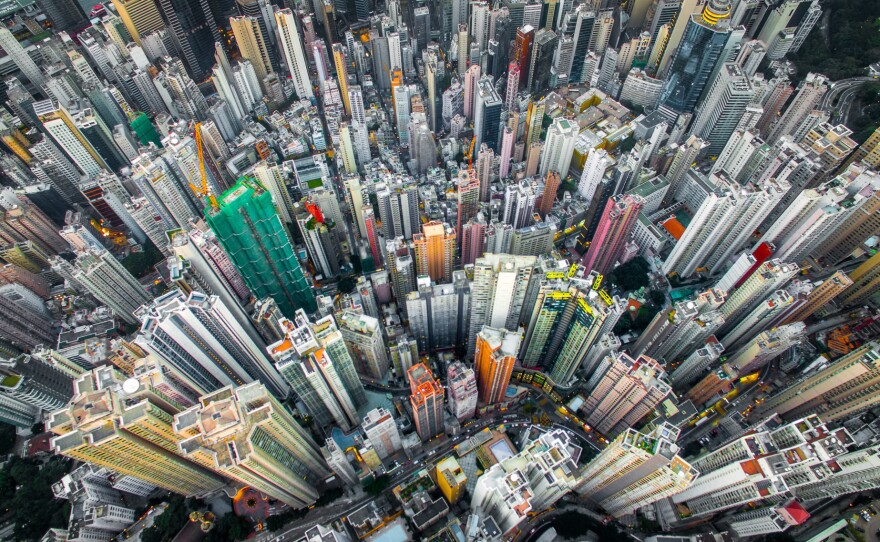As of this morning, there were 7.3 billion-plus people living on Earth, according to the Census Bureau's World Population Clock. And the number goes up second by second because babies keep being born.

That's a statistic to ponder today, July 11, which has been designated World Population Day by the United Nations Development Program. The idea is to focus on "population issues," which touch on many pressing concerns in the world today — from maternal mortality to climate change. This year's theme is "investing in teenage girls" — making sure they can stay in school and get the information they need about health, human rights and reproductive rights.
It's also a day to think about the living spaces of the world's ever-growing population. The 2016 National Geographic Travel Photographer of the Year Contest gives you an idea of how crowded a world of 7 billion can feel: People literally live on top of one another in China's high-rise dormitories. Yet there is still great solitude in some of Earth's remote spots, like a mountain village in India.
Here are some images that showcase our populous planet.
Note: The captions were provided by the photographers and were edited for length and clarity.
Copyright 2022 NPR. To see more, visit https://www.npr.org. 9(MDAzMjM2NDYzMDEyMzc1Njk5NjAxNzY3OQ001))











